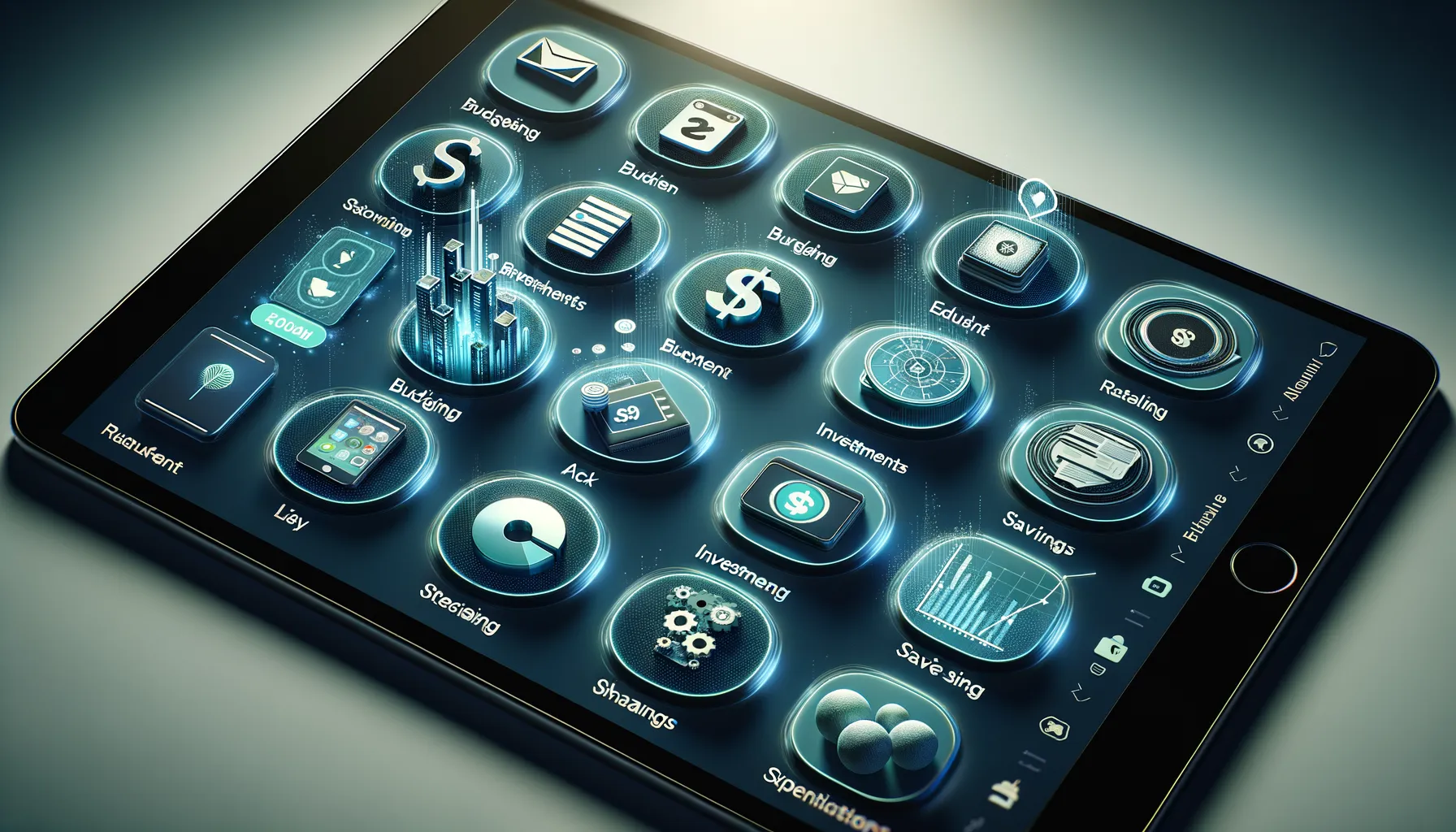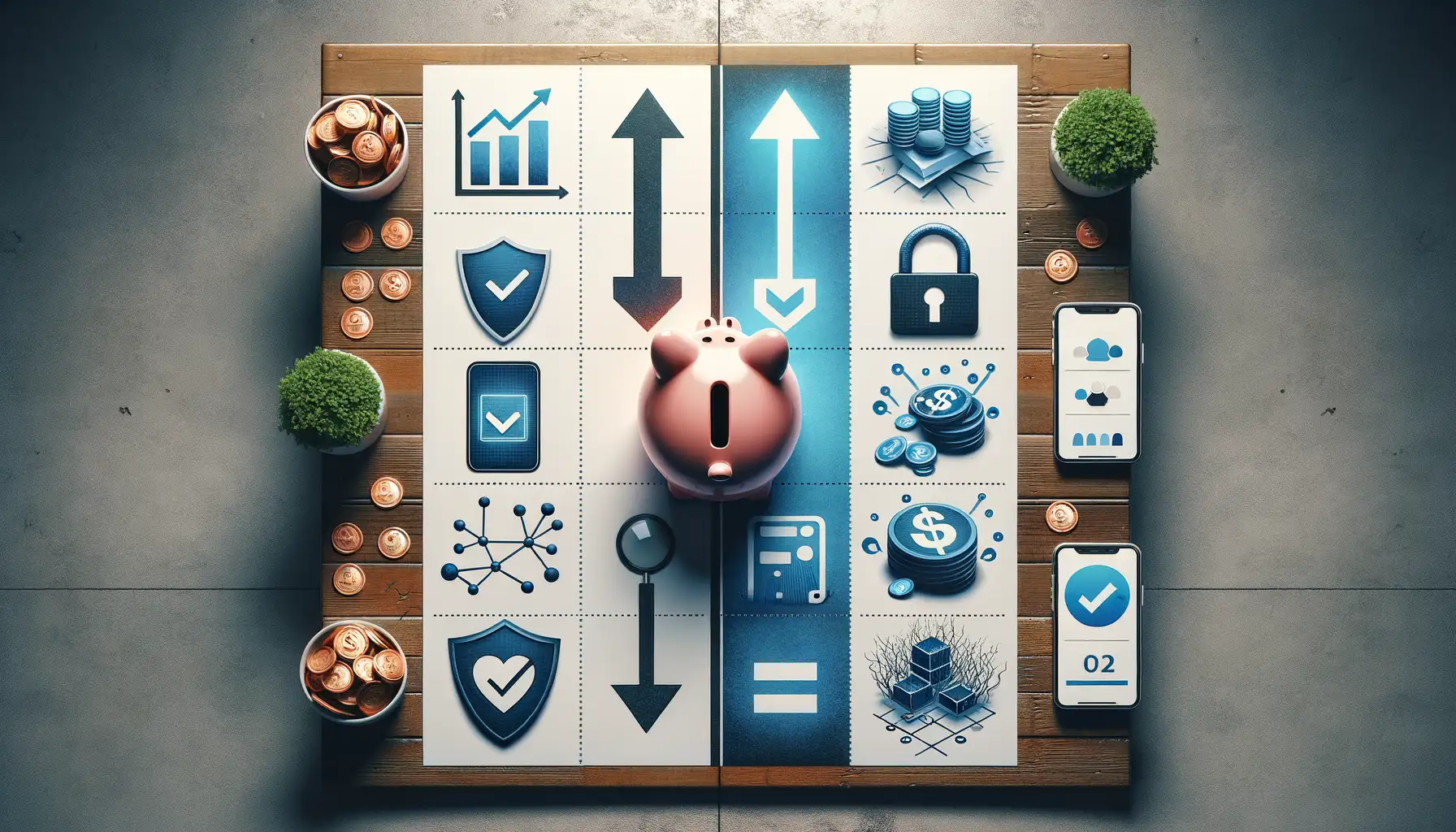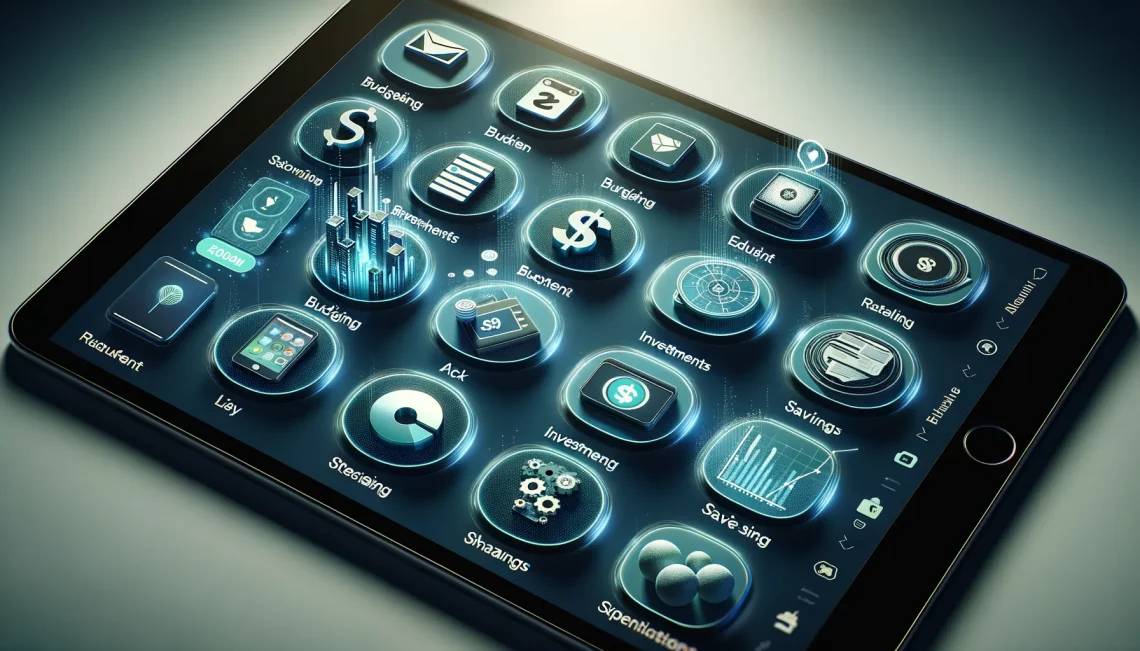Criteria for Choosing Personal Finance Tracking Apps
What Makes a Finance App Worth Your Time?
Choosing a personal finance tracking app can feel like standing in a candy store, overwhelmed by options. But here’s the kicker: not all apps are created equal. You don’t need anything flashy if it won’t actually help you crush your money goals. Consider these key factors:
- Usability: Does it feel intuitive? A great app should work with you, not make you feel like you’re decoding hieroglyphics.
- Features: Think real-time notifications, customizable budgets, or investment tracking. Look for tools that match your financial vibe, whether you’re a budgeting newbie or a seasoned saver.
- Security: This is your money we’re talking about—your data deserves Fort Knox-level protection.
Does the App Actually Speak Your Language?
And no, I’m not talking about English vs. Spanish (though language options matter too!). I mean, does the interface jive with how your brain works? For example, if you love visuals, look for apps using colorful pie charts or graphs to track expenses. Prefer minimalism? An app with a clean, text-based interface could be your soulmate.
Also, remember this: are you comfortable paying for premium features, or do you want a rock-solid free tool? Some apps will woo you with free trials but keep their best goodies behind a paywall. Pay attention so you’re not left frustrated!
Top Personal Finance Apps of 2024

Finance Apps That Feel Like a Personal Assistant
Imagine having a genius sidekick in your pocket, crunching numbers and spotting trends in ways you never thought possible. Whether you’re planning your dream vacation or battling that ever-elusive savings goal, the right app can change the game. Let’s dive into the must-have personal finance apps of 2024 that are stealing the spotlight this year!
- Mint: Think of it as the Swiss Army knife of budgeting. Mint brings all your accounts into one dashboard, sends gentle nudges when bills are due, and even suggests budgets you might not know you need. It’s like having a financial advisor… without the hefty fees.
- YNAB (You Need a Budget): This one doesn’t mess around. It’s for control freaks who love assigning every dollar a purpose. Saving for a house? Paying off debt? YNAB’s motivational design keeps your eyes on the prize.
- Personal Capital: Budgeting meets investing here. Perfect for those who want to track their day-to-day finances while keeping an eye on retirement funds or other investments.
Out-of-the-Box Favorites You’ll Adore
If you’re tired of apps that look like spreadsheets, try Emma. This vibrant, playful little app hunts down sneaky subscriptions (gotten over Netflix or Spotify yet?) and categorizes expenses with such precision it feels psychic. Or go minimalist with PocketGuard, which answers the golden question: “How much can I *actually* spend today?”
How to Use Finance Apps Effectively

Turn Numbers into Stories
You’ve downloaded a shiny new finance app—great start! But it’s not magic. To make it work, you’ve got to breathe life into those numbers. Start by syncing all your accounts. Yes, even that old credit card you barely use anymore. Seeing the full picture is like unlocking a bird’s-eye view of your financial world.
Now, here’s where the fun begins: personalize. Rename those bland categories (who likes “Miscellaneous” anyway?) into something that sparks joy. Turn “Food” into “Taco Tuesdays” or “Entertainment” into “Netflix & Thrills.” Suddenly, your budget isn’t just data—it’s a mirror of your life.
Pro tip: Make sure to set up custom notifications. Weekly spending alerts are like having a friendly coach nudging you before payday panic sets in.
Build Habits, Not Just Budgets
Finance apps are great tools, but only if you check them regularly. Treat it like brushing your teeth—quick daily check-ins go a long way. Or make it a Sunday ritual with these steps:
- Review last week’s spending (Did you really need *that* many lattes?)
- Adjust your budget if unexpected expenses popped up
- Plan for upcoming big-ticket items—hello, vacation savings!
The goal isn’t perfection; it’s progress. Small victories add up, and with your app as your trusty sidekick, you’ll feel in control, not overwhelmed.
Pros and Cons of Using Finance Apps

Why Finance Apps Feel Like a Blessing
Using a finance app can feel like finding that perfect GPS to guide you through the maze of money management. These apps are your stylish, pocket-sized accountants—minus the hefty fees and serious suits. They give you real-time insights into your spending, saving, and investing habits. Whether you’re chasing a dream vacation or just trying to survive until payday, they break it down in a way that’s visual and easy to digest.
What’s the magic?
- Automated expense tracking means no more hovering over receipts and spreadsheets.
- Set tailored budgets that nudge you when you’re veering into danger zones (yes, coffee counts).
- Some even sync with banks to provide razor-sharp accuracy without lifting a finger.
Plus, who doesn’t love the rush of hitting a savings goal? Finance apps make celebrating milestones as sweet as the goals themselves.
The Flip Side: Is There a Catch?
But, let’s not gloss over the cracks. Relying too much on these apps can sometimes make you feel like a passenger in your own financial decisions. And then there’s the dreaded issue of privacy. When an app links to your bank, it’s like handing the keys to your house to a stranger.
Other downers?
- Some “free” apps bombard you with relentless ads or sneak in hidden subscription fees.
- They occasionally misclassify transactions, leading to confusion instead of clarity.
If you’re not careful, you could even find yourself obsessively checking your charts and graphs, turning budgeting into stress rather than empowerment. Moderation is key, but boy, it’s hard to stay balanced when your phone’s flashing warnings!
Final Tips for Managing Your Finances with Apps

Turn Your App into a Money-Savvy Sidekick
Let’s be real—finance apps can feel like having a little money guru in your pocket. But here’s the secret sauce: you’ve got to make *them* work for *you*. Start by customizing notifications. It might sound dull, but setting reminders for bill payments or savings goals transforms chaos into clarity. Picture this: an app nudges you gently when payday rolls around, reminding you to set aside a slice of that paycheck pie. Bliss, right?
Next, dive into features that align with your vibe. Love visual cues? Apps like Mint or YNAB have color-coded charts that make budgeting as satisfying as reorganizing your closet by hue. Prefer minimal input? Look for auto-categorization tools—because, let’s face it, no one wants to manually label their coffee habits every week (looking at you, lattes).
- Set achievable micro-goals, like saving $50 a week for that dream trip.
- Use the “round-up” feature some apps provide—it’s a low-effort way to save without even noticing.
When all else fails, remember this: your app isn’t a judge; it’s a sidekick. Celebrate those wins, however small—a saved dollar still buys candy bars!






